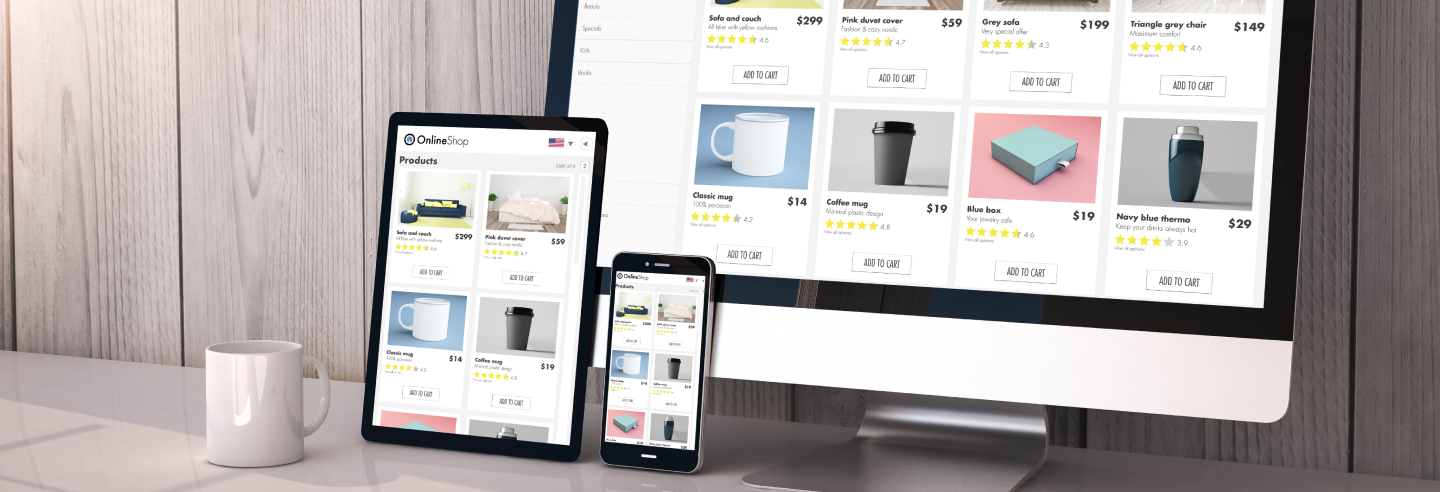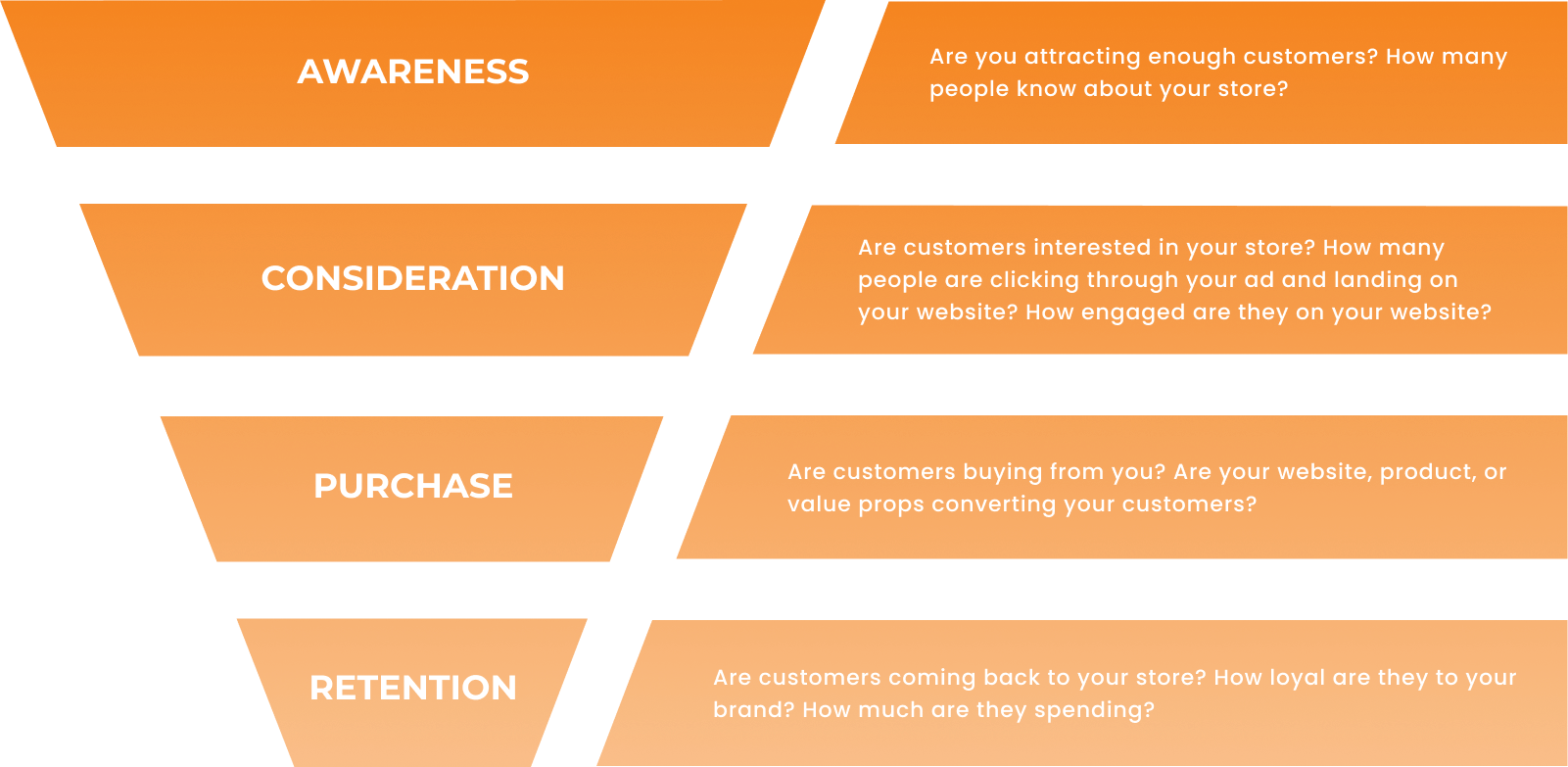
Ecommerce
eCommerce Marketing Metrics You Need To Know
Yvonne Wu |
December 15, 2022
If you’re running an eCommerce business, you should already know that data & analytics is crucial when it comes to making key business decisions and designing our your digital marketing strategy. eCommerce analytics provides valuable insights to help you better understand your customers, their sales journey, and your marketing funnel - which allows your Marketing Teams to make smarter decisions to improve your online user experience and achieve your business goals.
But when it comes to data & analytics, there are so many eCommerce marketing metrics you can dive into - so which ones should you focus on?
To help you better understand what marketing metrics you should be looking at, we broke down the most important metrics you need to know for every stage of the eCommerce funnel.

Top of Funnel: Awareness Stage Metrics
Through marketing campaigns and consumer research & discovery, your target customers are drawn into the very first stage of the marketing funnel - Awareness.
You can use Google Analytics to dive deeper into what demographics (i.e. age, gender, geographic location) or interests are being attracted to your website, but at a high level, you should look at the following metrics to understand if you are attracting enough customers.
• Reach: The number of people who saw your branded content across all marketing channels.
• Engagement: The total number of actions (i.e. likes, comments, and shares) that prospective customers took in reaction to your brand’s content. The more relevant your content marketing is, the more engagement & interest you will generate as we go down the marketing funnel.
• Traffic: The number of visitors to your website as a result of your marketing efforts.
Middle of Funnel: Consideration Stage Metrics
The next stage of the funnel is Consideration. During this step, you’ll want to understand whether your customers are landing on your website and interested in your store/products.
Here are the metrics that can help you answer those questions.
• Click-Through Rate (CTR): The percentage of times people saw your content and performed a link click. Again, the more relevant content you provide for your potential customers, the higher your CTR will be.
• Cost Per Click (CPC): The average cost to generate a single click from an online advertisement (i.e. Meta or Google ad). The higher your CTR is, the lower your CPC will be.
• Customer Acquisition Cost (CAC): The per-customer cost you had to spend to acquire a new customer. This metric will vary depending on each advertising channel and target audience.
Botton of Funnel: Purchase Stage Metrics
Moving into the Purchase stage of the customer journey, you should be looking at how your customers are converting on your website in terms of purchases. If your conversion rate is low, consider rolling in experiments for conversion rate optimization, or implement cart abandonment email marketing strategies to get people back on your website to check out.
Track the metrics below to measure your conversions:
Website Conversion Rate: The number of conversions divided by the total number of visitors to your website. An average conversion rate for a website is between 2-5%.
Average Order Value (AOV): The average purchase amount a customer spends on your store.
Cart Abandonment Rate: The percentage of customers who add product(s) to the shopping cart but then abandon it before completing the purchase. If this metric is high, consider looking into your email marketing strategy and launching an Abandoned Cart Email Flow to get potential customers back on your website to complete the checkout process.
Return on Ad Spend (ROAS): The amount of revenue that is earned for every dollar of ad spend. This metric is a key indicator of whether your ad spend is used effectively.
Bonus Stage: Retention Stage Metrics
The customer journey doesn’t stop at conversions. In the Retention stage, you’ll want to make sure you're turning your current customers into loyal customers, and encouraging them to come back for repeat purchases.
During this stage of the funnel, you should be looking at:
• Customer Lifetime Value (LTV): The total amount a customer is expected to spend on your business during their entire time with you.
• Customer Retention Rate: The percentage of customers retained by your business during a given time period. If this metric is low, consider launching a Customer Loyalty program to get more repeat customers.
• Customer Churn Rate: The percentage of customers lost by your business during a given period of time.
Get in touch with us to scale your business
Let's ChatLike what you see?
